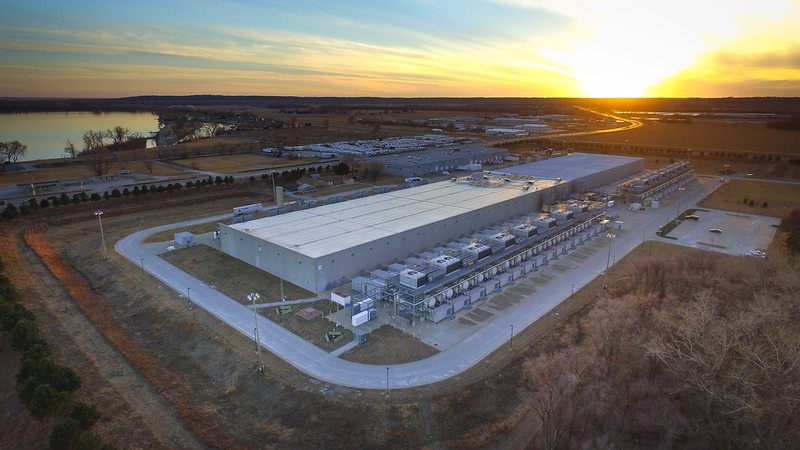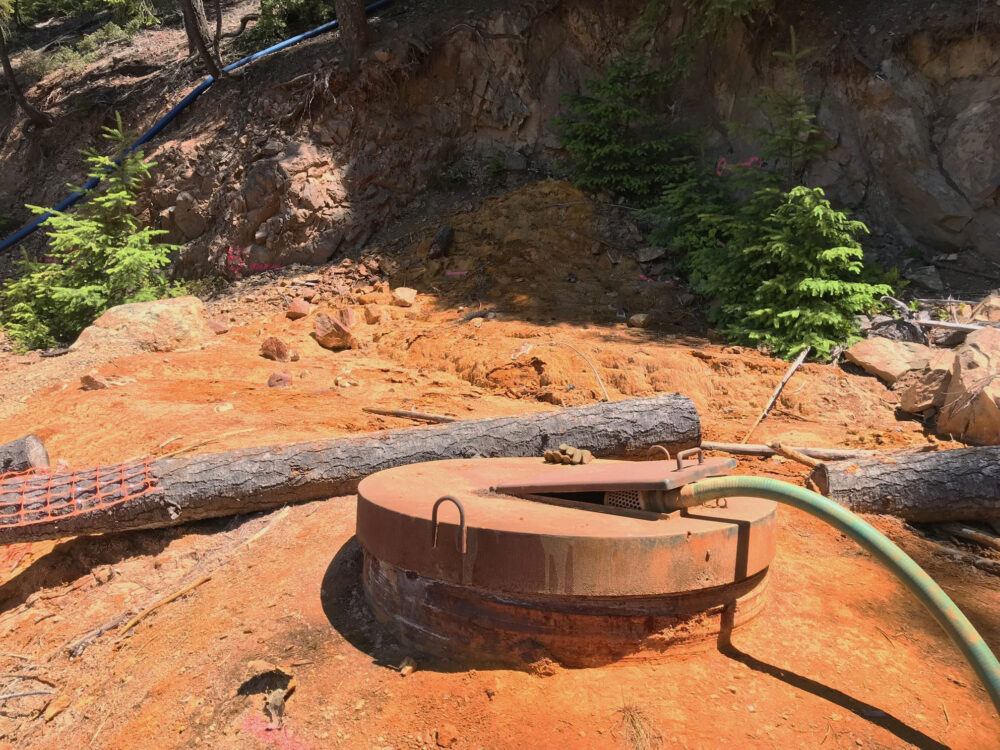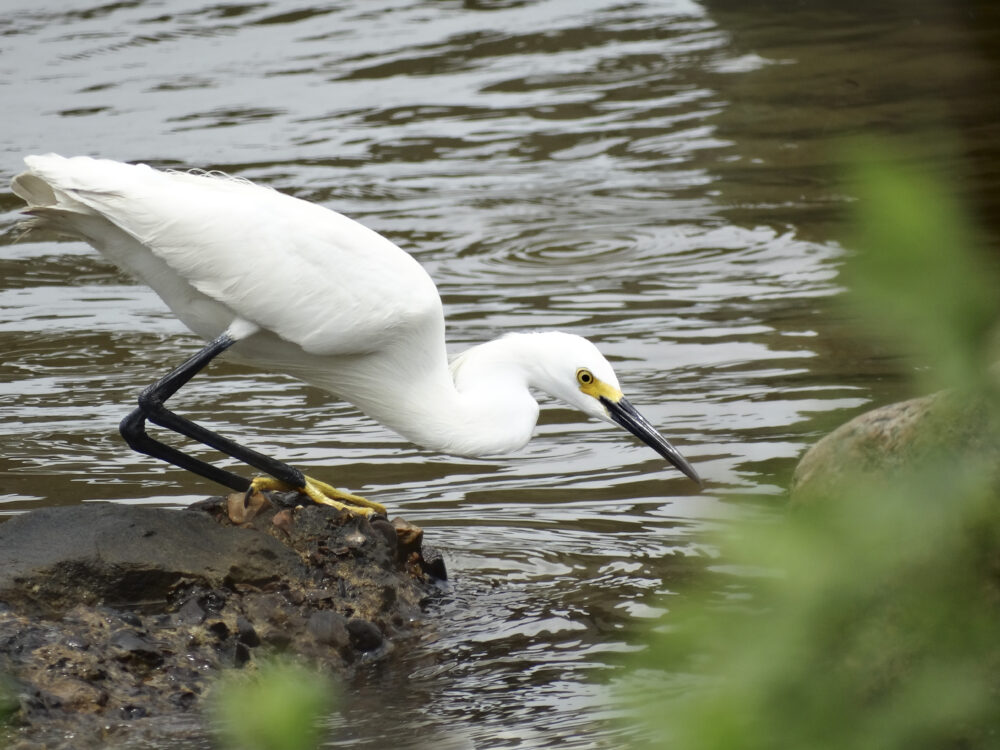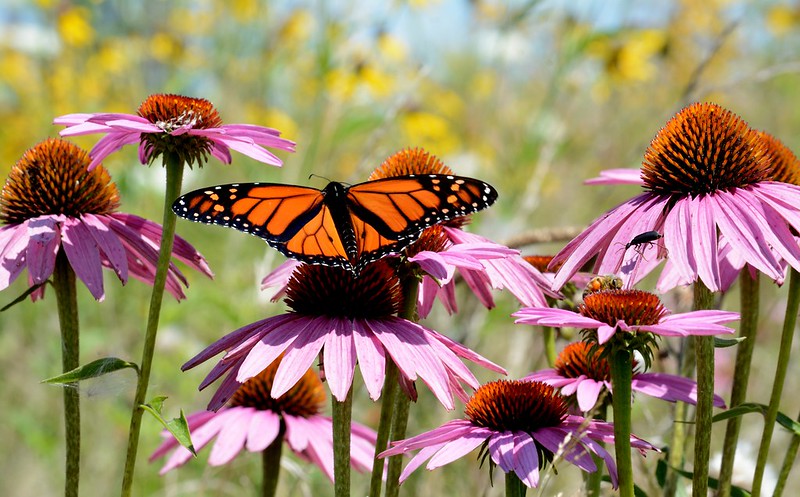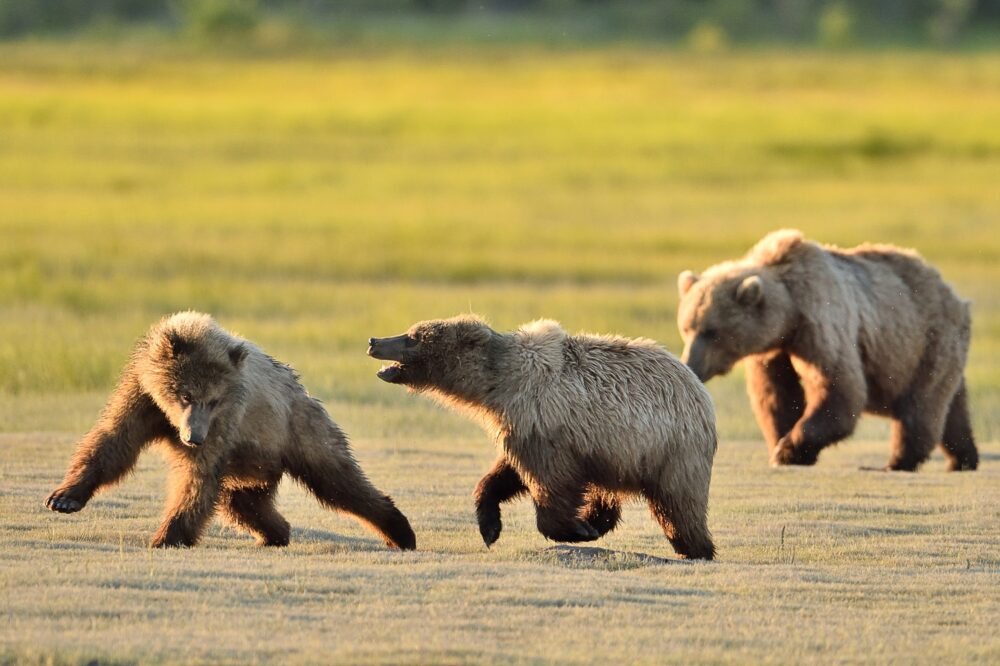We have much more to do and your continued support is needed now more than ever.
California Love: 40 Years of Clean Water Act Protections
This Thursday marks the 4oth Anniversary of the Clean Water Act, which begs the question: what has the Clean Water Act done for your favorite waters—the very waters you swim in, you fish on, and/or you get your drinking water from? And the answer is quite simple: the Clean Water Act protects them from pollution! For forty fabulous years the Clean Water Act has ensured that America’s waters remain swimmable, drinkable, and fishable, so why stop now?!
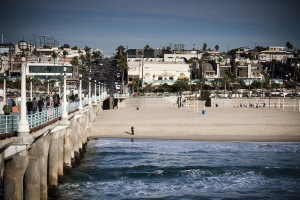
California’s Waters Depend on the Clean Water Act
In light of two Supreme Court decisions, the scope of the Clean Water Act has been narrowed leaving at least 66% of streams and more than 77,000 acres of scarce wetlands in California at risk of uncontrolled filling and pollution. To protect California’s waters, Clean Water Act protections need to be restored to all wetlands, lakes, and streams throughout the state.
These small and seasonal streams and wetlands trap substantial amounts of nutrients, chemicals, and sediments. They are vital for capturing fertilizers and other run-off from California’s cities and 75,000 farms and ranches. If these pollutants are not filtered out then they will reach downstream waters, increasing drinking water treatment costs and damaging fish and wildlife.
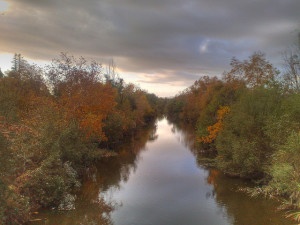
What’s next?
If the small, intermittent streams are not protected then the services they provide will no longer exist. Therefore, Californians may be at risk for increased flooding, drought, nutrient pollution, stormwater runoff and polluted beaches. We can celebrate the success the Clean Water Act has provided us, such as cleaner Californian beaches and streams, but there is still work that needs to be done.
For those of you who care about clean water—I’m looking at you America—help us celebrate 40 years of clean water and push forward for at least 40 more! I know what you’re thinking: “I haven’t even bought a gift, and I don’t even know what I am going to wear to the party!” Don’t worry, those details will work themselves out, but for now the easiest action is to participate in our social media actions this week.
![]() Whiskey is for drinking, and water is for fighting over. No words have ever been so true. Fight for America’s waters and ensure that future generations have fishable, swimmable and drinkable waters! Take action and help restore clean water today!
Whiskey is for drinking, and water is for fighting over. No words have ever been so true. Fight for America’s waters and ensure that future generations have fishable, swimmable and drinkable waters! Take action and help restore clean water today!


